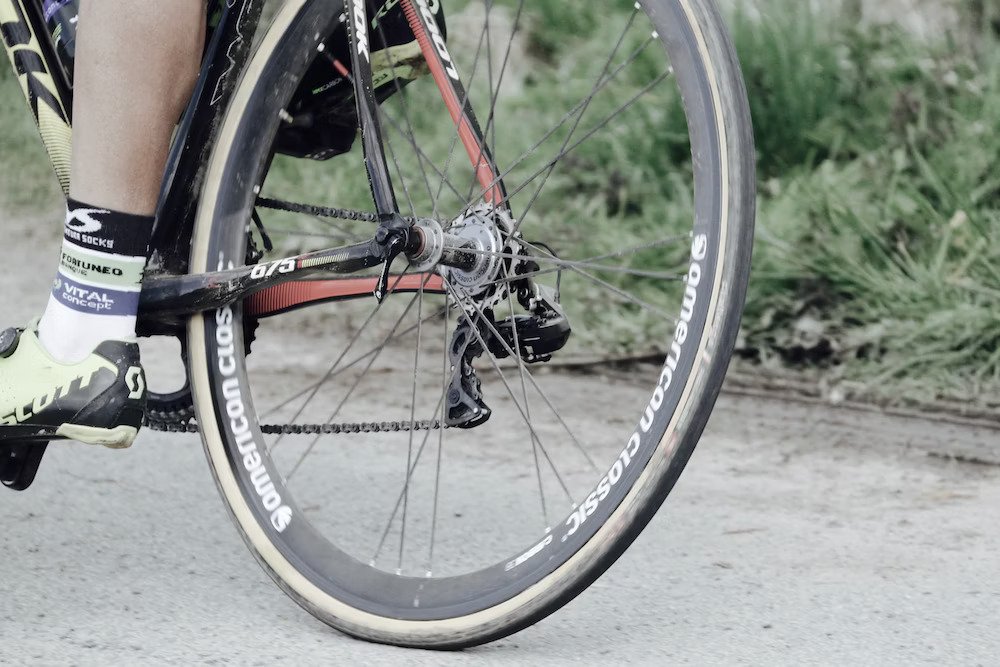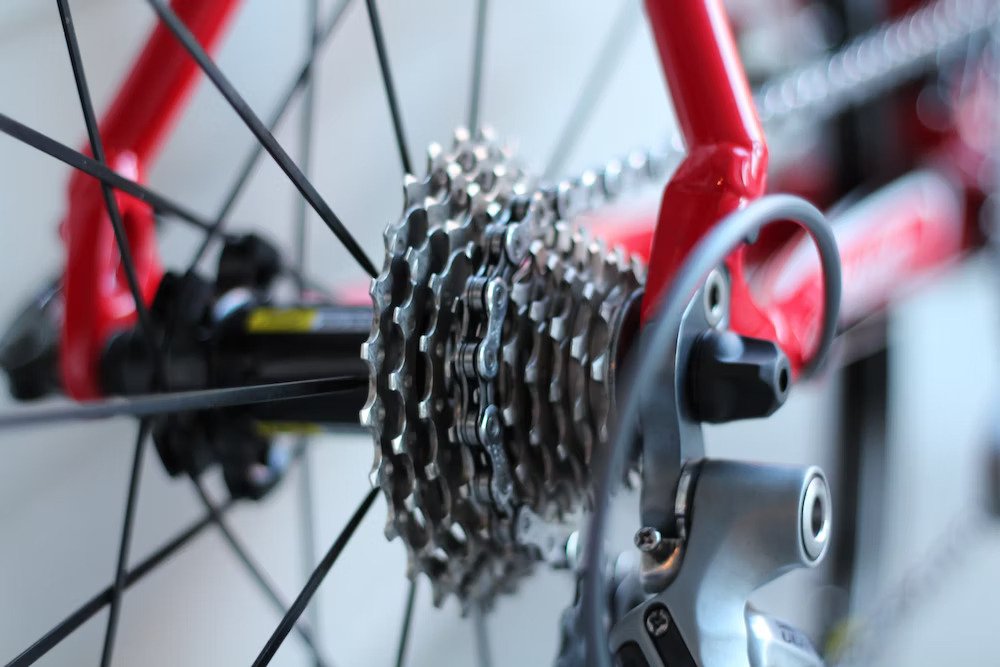
What is the first thing you check before jumping on your bike and riding off? The bike’s tyre pressure is, and should be, the first thing to check before taking a ride, and for a good reason. You want to keep it at the optimal air pressure as recommended by the manufacturer (mainly indicated on the tyre’s sidewall). The rule of thumb is to never exceed the recommended tyre pressure, for safety reasons, of course. Riding on the correct pressure means lower rolling resistance and increased protection from puncture. Relatively lower pressure, however, increases rolling resistance and mostly recommended when riding on soft ground, such as sand.
Bicycle tyres, however, come in two types; narrow racing and wide, robust tyres. The narrow bike tyres need higher pressure to maintain grip with the road surface and avoid punctures, while the much wider ones (common in mountain bikes) require less pressure.
A number of factors ought to be considered when/if looking to adjust tyre pressure to suit your riding preferences. These include your average weight, the weight of the bicycle, and road surface or terrain. Aside from the manufacturer’s recommended tyre pressure, you might need to pump up some more pressure (1% per kilogram) if carrying a heavier load. The same applies to ebikes, where you should add ½ a bar for the bike’s weight (motor and battery included).
The surface or terrain you will be riding on will also determine how much pressure will be enough for a comfortable and safe riding experience. While the recommended tyre pressure would be recommended for smooth asphalt roads, you may want to lower air pressure a bit when/if riding on irregular surfaces, such as cobblestones and dirt. In addition to this, you may want to dampen the shocks a bit for extra grip and shock absorption.

Since the tyre is your bike’s only point of contact with the road, it needs to be in perfect condition and pressure for the best riding experience. The type of tyre installed thus contributes significantly to the driving properties, a reason it should have the correct pressure. A number of factors come into play when computing/determining the correct pressure. The type of tyre, terrain, type of inner tube, etc., are some of the things you should have in mind. The rider’s weight, and any additional baggage he/she might take with, should be considered as well.
All tyres aren’t designed the same; they will have varying diameters, profiles, and widths. Each of these is best suited for specific applications and purposes, a reason you should choose your tyre carefully.
The main objective behind choosing the right tyre pressure is to reduce rolling distance, protect the tyre from possible puncture, improve steering and overall riding comfort. Each tyre provides some level of cushioning especially when riding on rough and uneven terrain. There are times when you will need to increase/reduce tyre pressure depending on the terrain and level of comfort desired.
PSI, short for Pounds per Square Inch, is the unit measure of air pressure. Narrow racing tyres require a much higher air pressure (PSI) to keep their shape on the road. It is thus common for narrow skinny tyres to be inflated to approximately 100PSI, while the broader mountain bike tyres will only need 30PSI for the same performance and surface.
Very low PSI increases the risk of a puncture and won’t allow you to reach optimal speeds. Higher than recommended PSI, on the other hand, leads to an uncomfortable ride with an even greater risk of the inner tube bursting.
Individuals below the average weight (70) can get away with low tyre pressure.
It makes perfect sense to inflate your tyres slightly higher if you are above the average weight.
Reducing your tyre pressure can help improve grip and contact in icy and wet conditions.
Almost every tyre will leak gradually over time, a reason you should check and top them up at least once a week.
A track pump can help keep your tyres at optimum pressure.
It isn’t such a bad idea to inflate your tyres to maximum PSI, especially if you only do so a few times a year. This helps ensure they are at least at the minimum PSI halfway in the year.
Almost every tyre will have the recommended PSI printed on its sides. Most manufacturers print the recommended range, e.g., 90 to 115psi, for reasons known to everyone. You thus want to stay in between the recommended figures to be on the safe side. If your tyres do not have the figures indicated for one reason or another, you can pump them up until they are firm enough but somewhat squeezable. Outlined below are some of the generally -recommended PSI ranges based on the type of bike and tyre.

We all have a unique defining factor when it comes to riding comfort. Some prefer their tyres inflated to the maximum and those that want something in-between. Here are some of the factors to consider to find just the right tyre pressure for you.
Tyres play a significant role in your ride quality, more than the bike’s frame itself. For this reason, it would be advisable to invest in the best quality, lightweight, and widest tyres your bike can take for the best performance and ride quality. You also want to inflate them at their optimal PSI for a more comfortable and faster ride. More and more riders are also switching to safer and efficient tubeless tyres. These tyres reduce the risk of pinch flats and can also run at the lowest pressure possible without getting damaged.